Presentation
Abdominal pain and dyspepsia.
Patient Data
Age: 35 years
Gender: Female
From the case:
Gastric adenocarcinoma
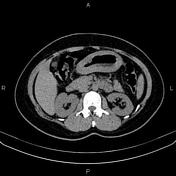

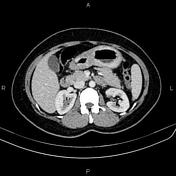

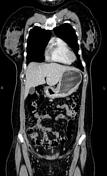

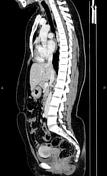

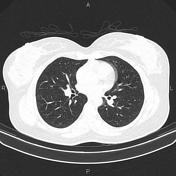

Download
Info
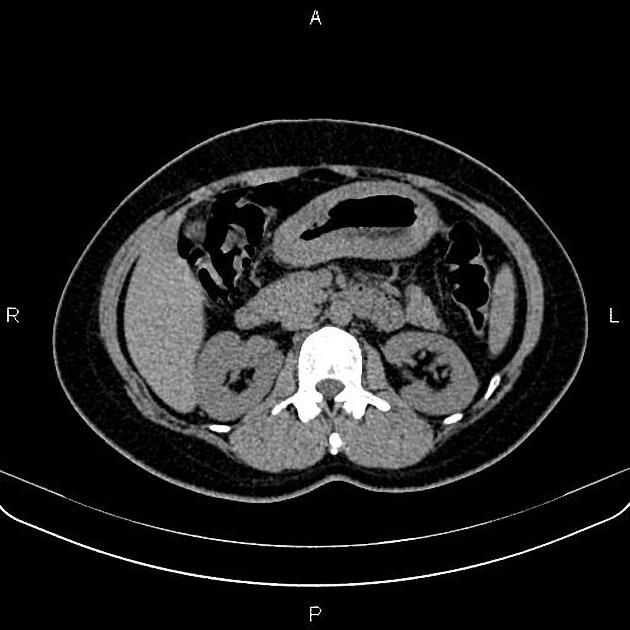
Increased wall thickness in the gastric body and antrum accompanied by perigastric fat stranding and a few mildly enlarged perigastric lymph nodes. There is no sign of invasion to adjacent organs.
Case Discussion
Pathology proven and operated case of gastric adenocarcinoma.
CT is currently the staging modality of choice because it can help identify the primary tumor, assess for the local spread, and detect nodal involvement and distant metastases.




 Unable to process the form. Check for errors and try again.
Unable to process the form. Check for errors and try again.